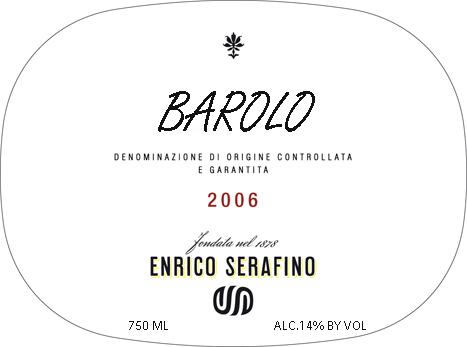2006 Barolo Red Blend
The Enrico Serafino Barolo is a captivating red blend from the prestigious Barolo region, renowned for its unique terroir and exceptional winemaking traditions. This 2006 vintage showcases a rich ruby color that hints at the wine's complexity. On the palate, it presents a full-bodied character, perfectly balanced with high acidity that invigorates the taste buds. The fruit intensity is prominent, featuring luscious notes of dark cherry and plum, complemented by subtle earthy undertones and hints of spice. The tannins are notably firm, providing structure and depth, making this wine a true expression of Barolo’s greatness. The dryness is precisely calibrated, enhancing the wine's food-friendly nature, and allowing it to pair beautifully with hearty dishes such as braised meats or robust risottos.
The Enrico Serafino Barolo is a captivating red blend from the prestigious Barolo region, renowned for its unique terroir and exceptional winemaking traditions. This 2006 vintage showcases a rich ruby color that hints at the wine's complexity. On the palate, it presents a full-bodied character, perfectly balanced with high acidity that invigorates the taste buds. The fruit intensity is prominent, featuring luscious notes of dark cherry and plum, complemented by subtle earthy undertones and hints of spice. The tannins are notably firm, providing structure and depth, making this wine a true expression of Barolo’s greatness. The dryness is precisely calibrated, enhancing the wine's food-friendly nature, and allowing it to pair beautifully with hearty dishes such as braised meats or robust risottos.




